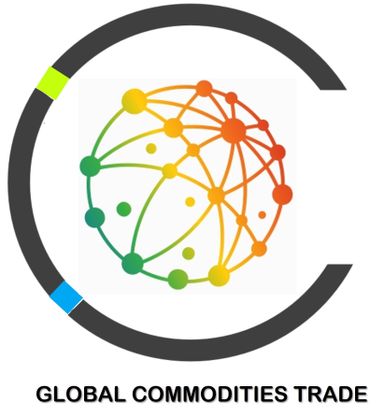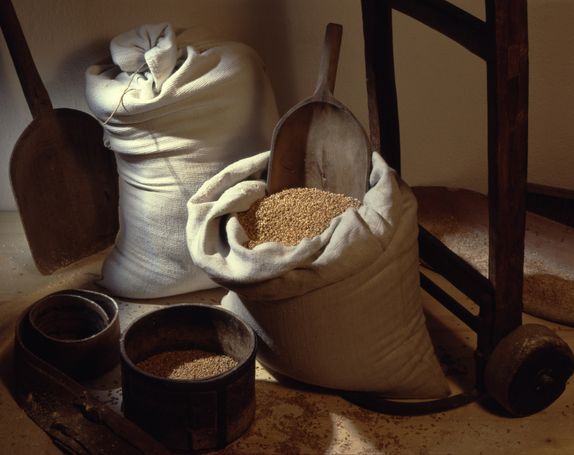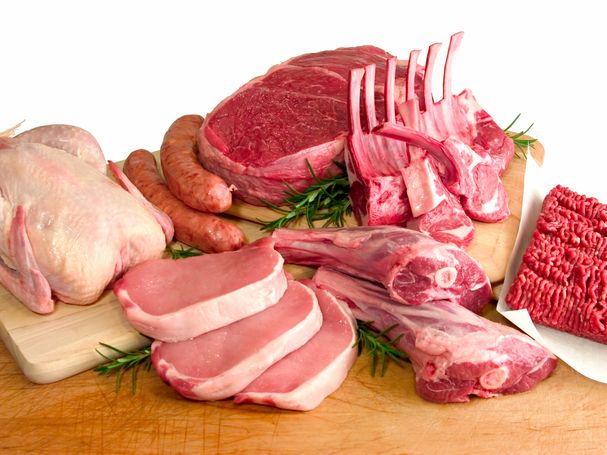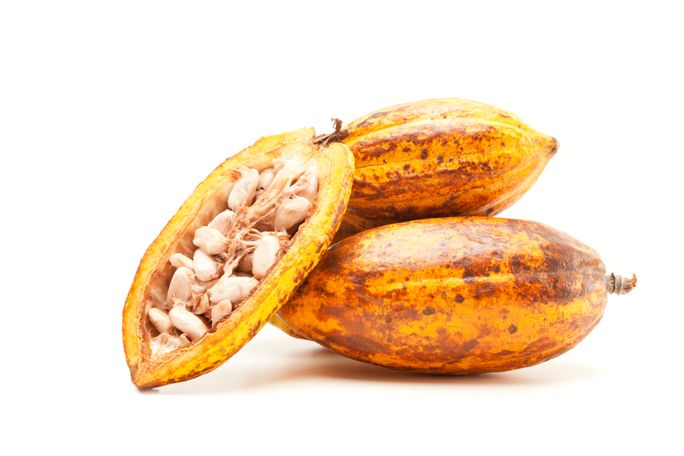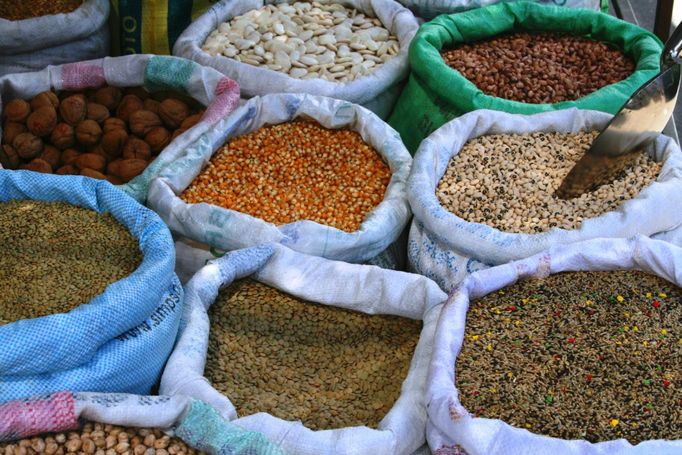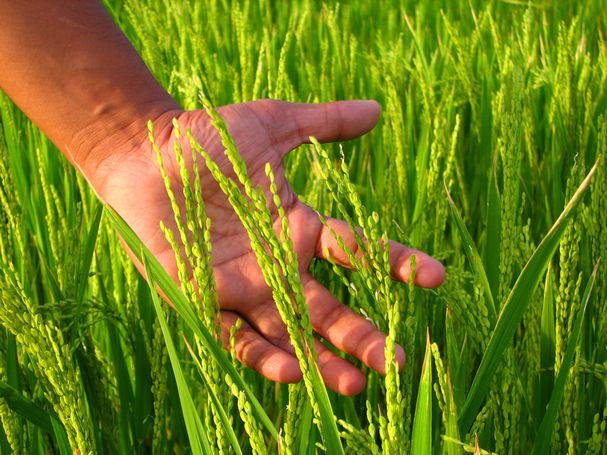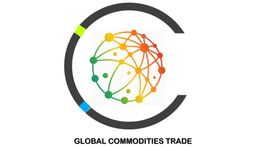Coffee
The coffee is more than just a crop; coffee growing has become a part of Latin America's identity. The region’s unique history of sustainable coffee farming traditions on small plots helped earn the region a spot on UNESCO’s world heritage list. Evidence suggests that Jesuit priests first introduced coffee seeds to South America in the early 1700s. In Central America Coffee production has been a significant economic activity in Central America since the 19th century, and it has played an important role in shaping social relations, politics, and culture in various ways over time, both within coffee-producing areas and in each country. Coffee continues to be a major export crop in the whole Region.
There are two major regions where coffee is produced:
1. Brazil (the largest single producer since the mid-19th century)
2. The Cordillera (an enclave of coffee zones from Mexico to Peru, Central America, and Colombia)
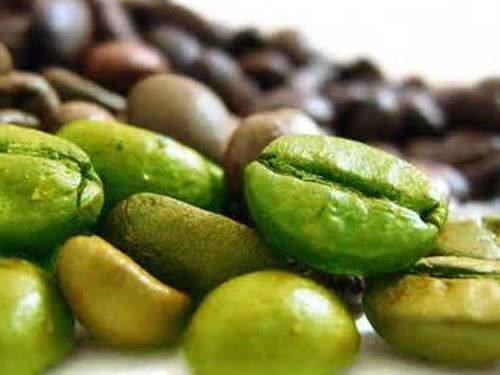

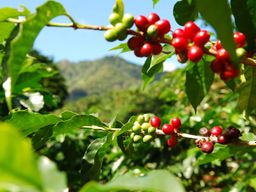
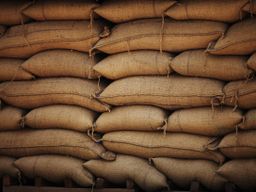

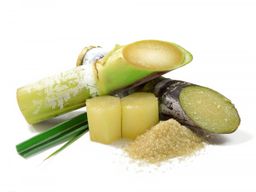

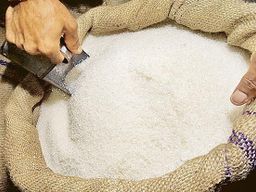
Sugar
Sugar cane’s history throughout modern time follows global cultural and political shifts. By 640 CE China had developed sugar cane cultivation techniques using technology acquired from India.
Between 1096 – 1099, Crusaders returned to Europe from the Holy Land with prizes of sugar, which they called “sweet salt.” Around 1390, advanced sugar presses were developed, doubling the amount of juice that could be obtained from sugar cane. Sugar was cultivated for large-scale refinement for the first time in Madeira between 1455 – 1480. By the end of this period, about 70 ships were involved in the Madeira sugar trade.
Modernization of sugar cane cultivation began when 16 whole-stalk harvesters were successfully used to harvest cane in Louisiana in 1938. Labor shortages caused by World War II led to the need for increased mechanization and by 1946 the number of whole-stalk machines operating in Louisiana jumped to 422, harvesting 63% of the state’s crop. Today Sugar cane is now grown in 80 countries with Brazil being the largest producer Worldwide.
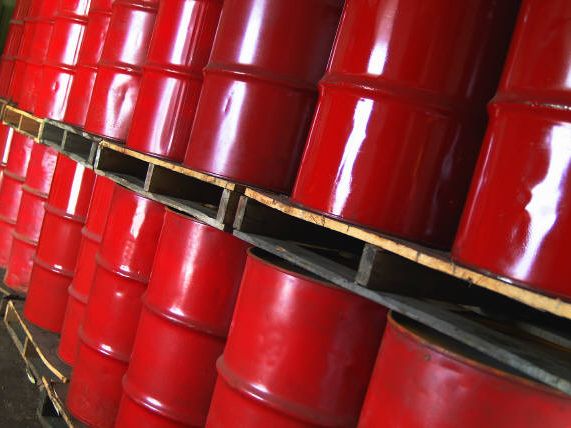


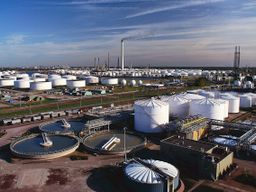
Petroleum and Byproducts
The value of crude oil and other byproducts mostly depends on supply and demand as the key drivers of price formation. The International Energy Agency (IEA) claims that the global oil demand will be continuously growing due to the increasing world’s population and energy consumption, as well as the growth of aviation, transportation and petrochemical industries. In the next 5 years, the oil trading market will be driven as follows:
A strong world economy will use more oil, increasing global oil demand. Petrochemicals will be the key drivers of oil demand growth, especially in China and the US. With OPEC capacity growing slowly, attention will be focused on countries outside of the bloc, dominated by the United States. Canada, Brazil and Norway will also contribute to the oil supply growth.
By 2023, the oil market might be tightened, due to the increased risk of price volatility.
OTHER PRODUCTS TRADED INTERNATIONALLY
Lorem ipsum dolor sit amet, consectetur adipiscing elit. Nulla euismod condimentum felis vitae efficitur. Sed vel dictum quam, at blandit leo.
We need your consent to load the translations
We use a third-party service to translate the website content that may collect data about your activity. Please review the details and accept the service to view the translations.
